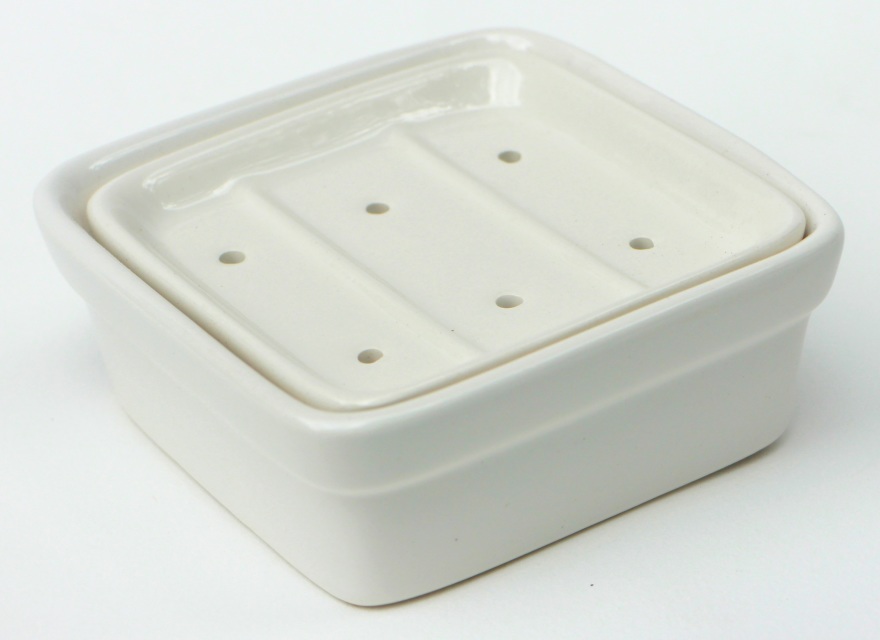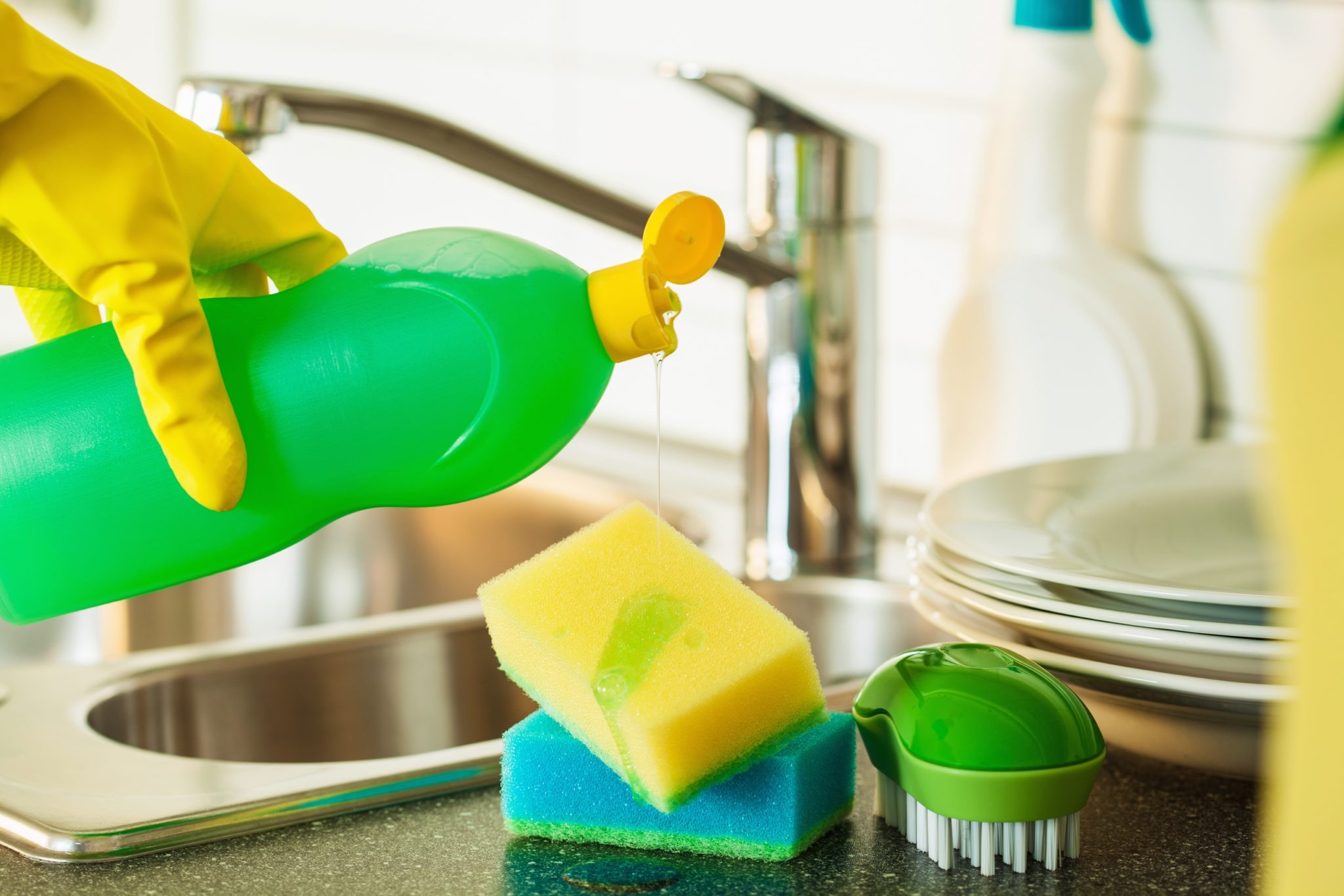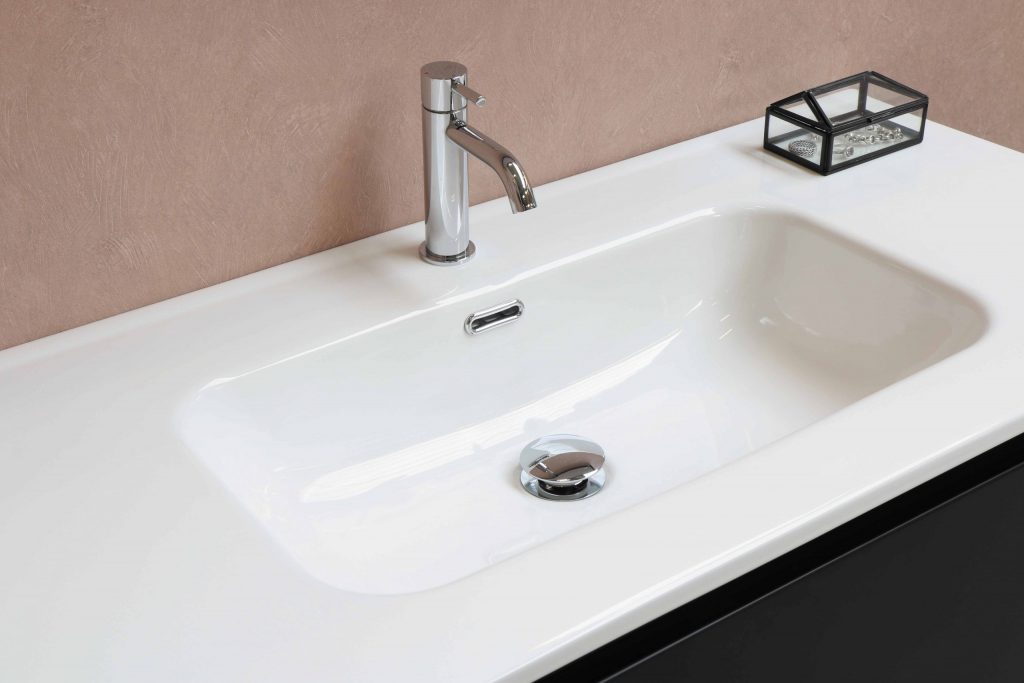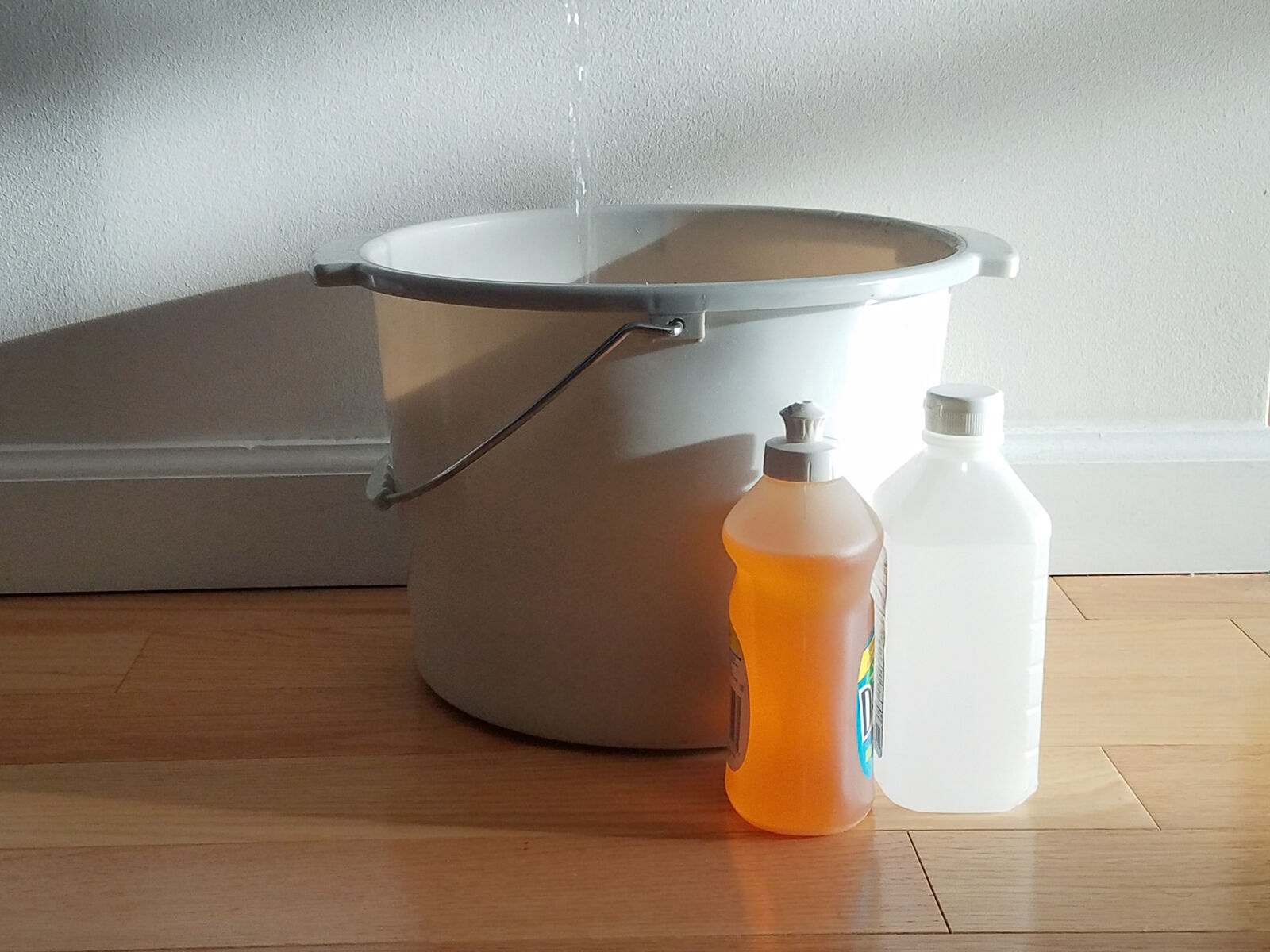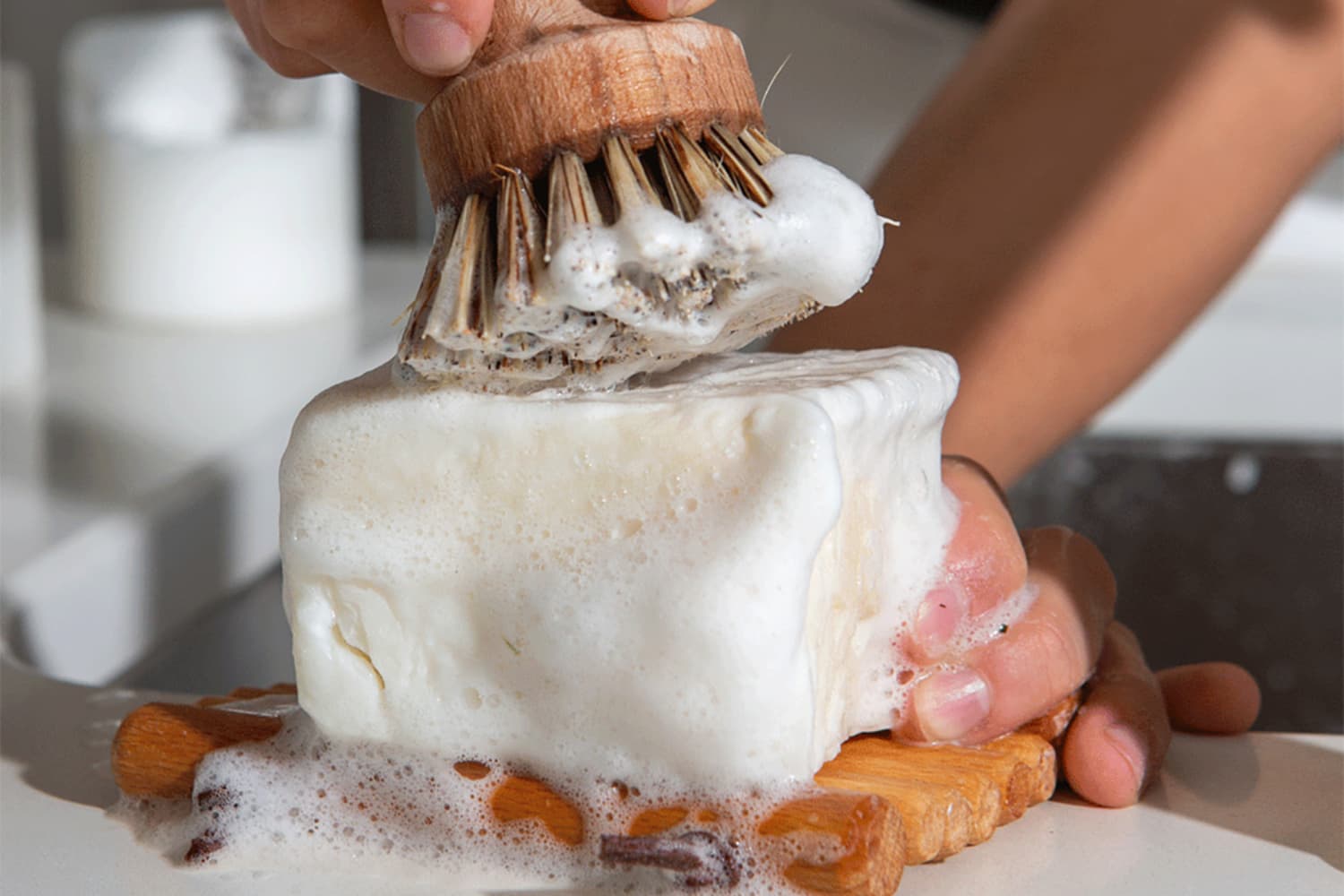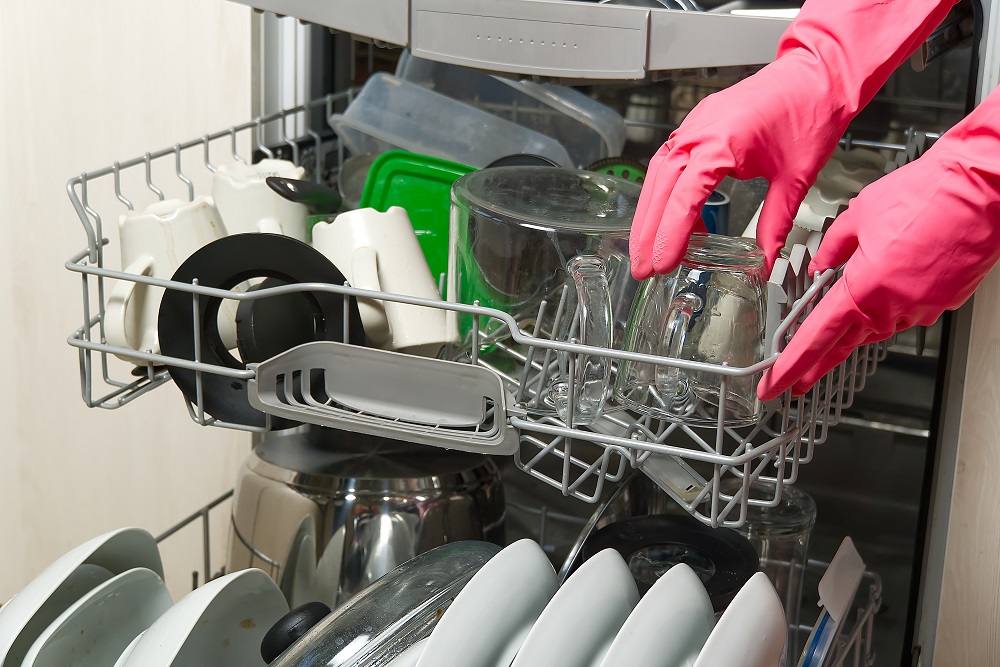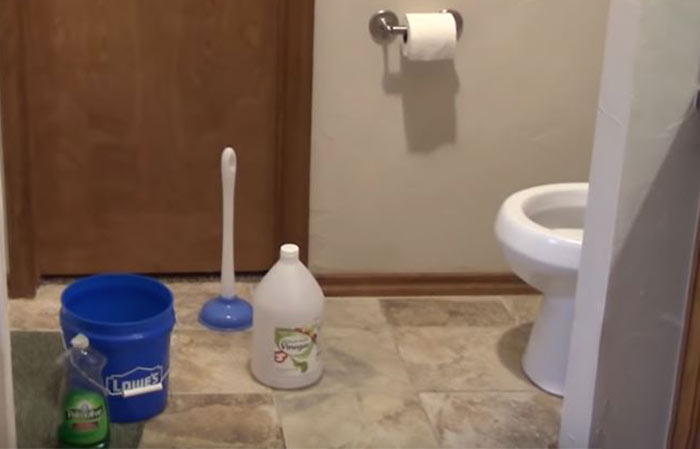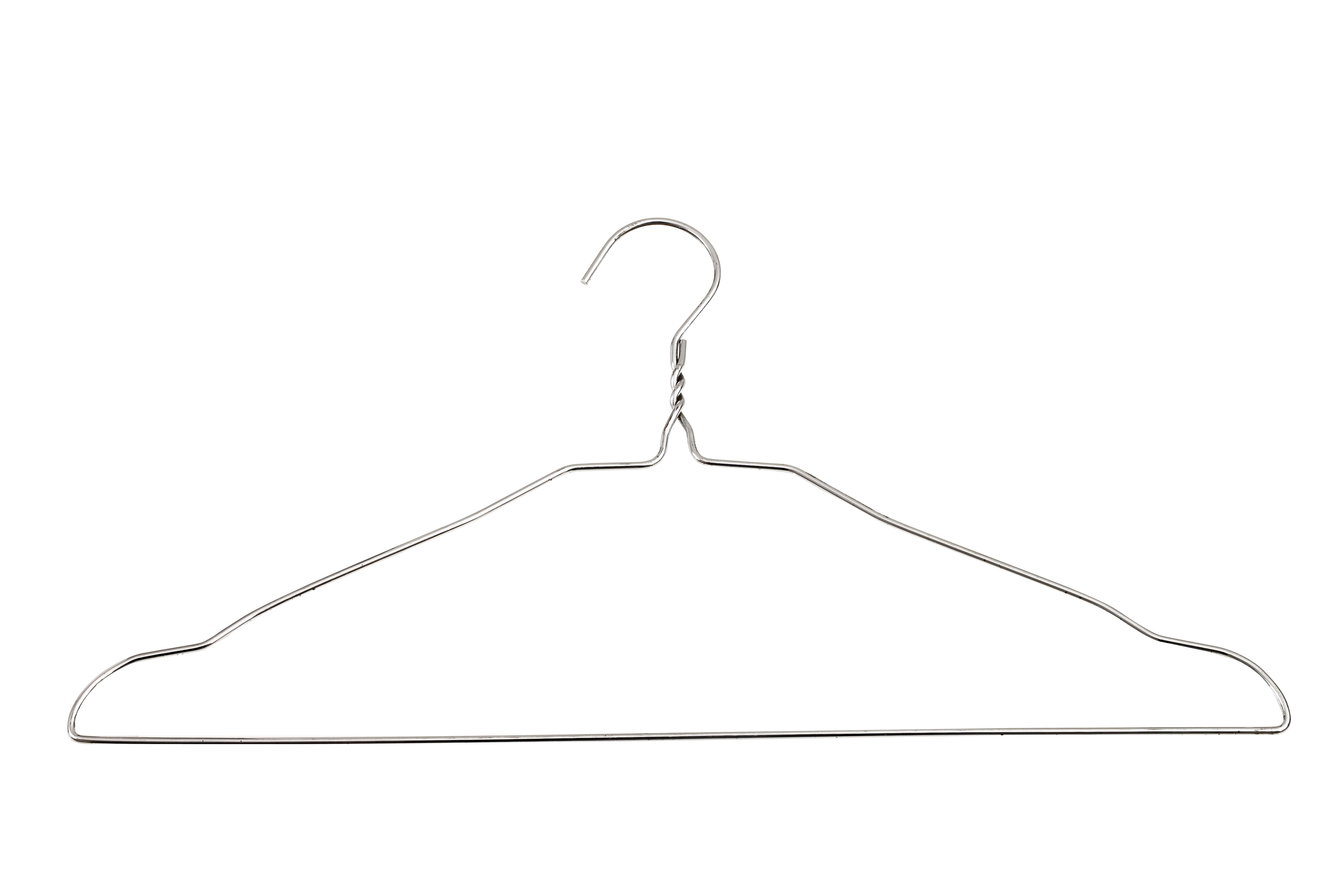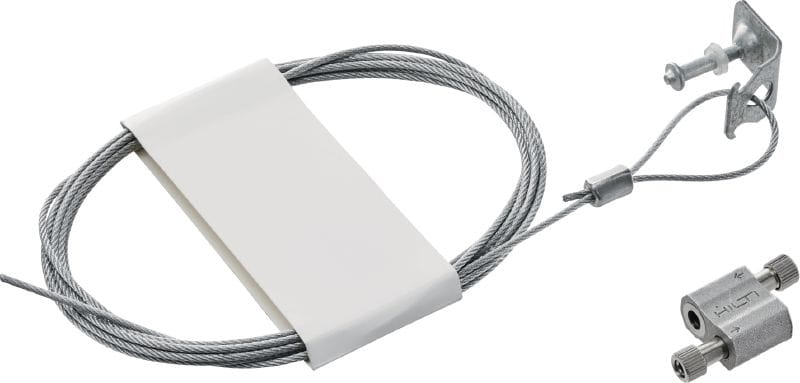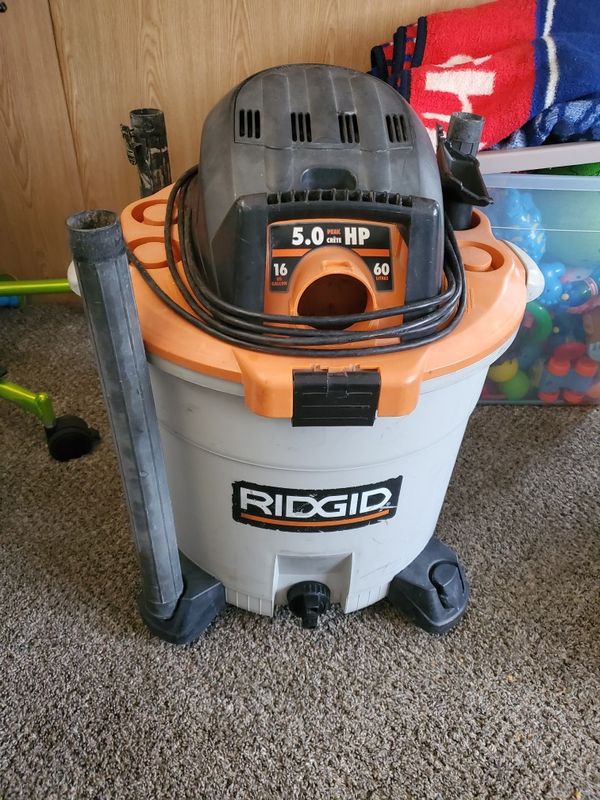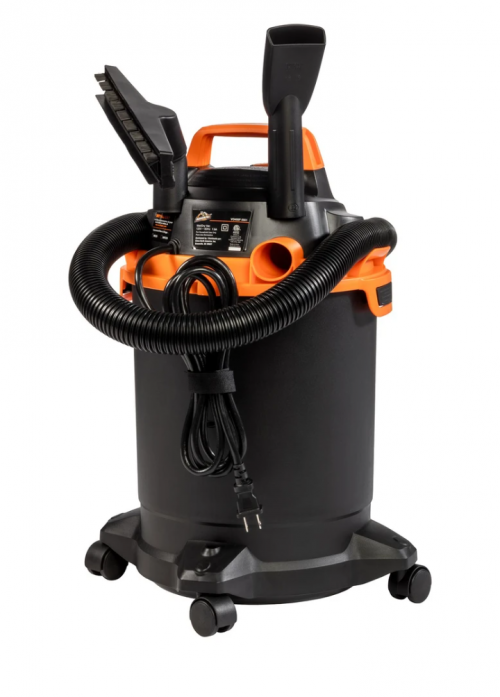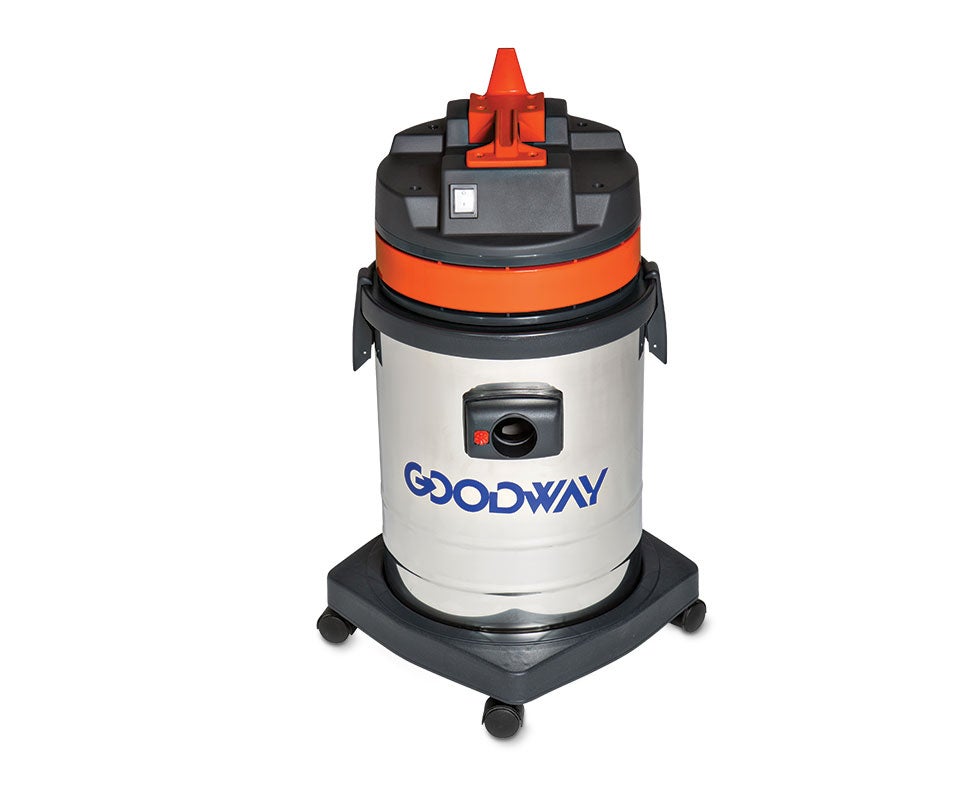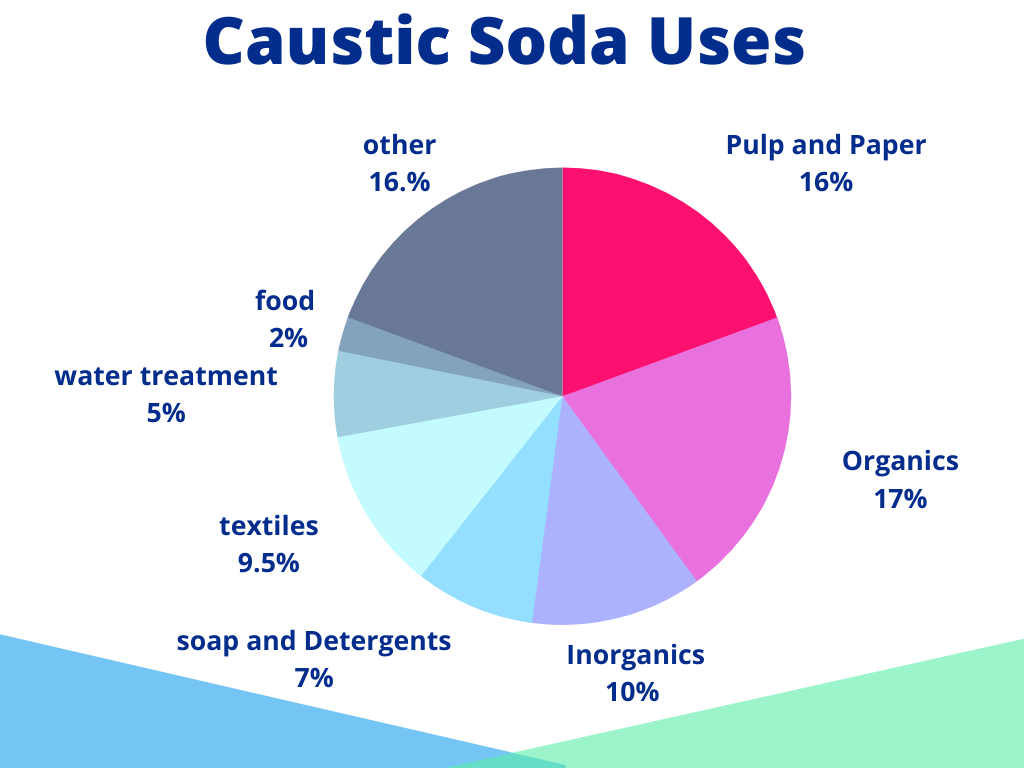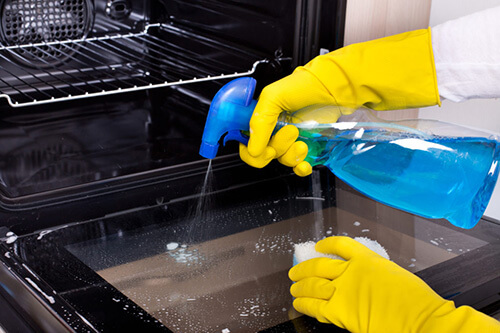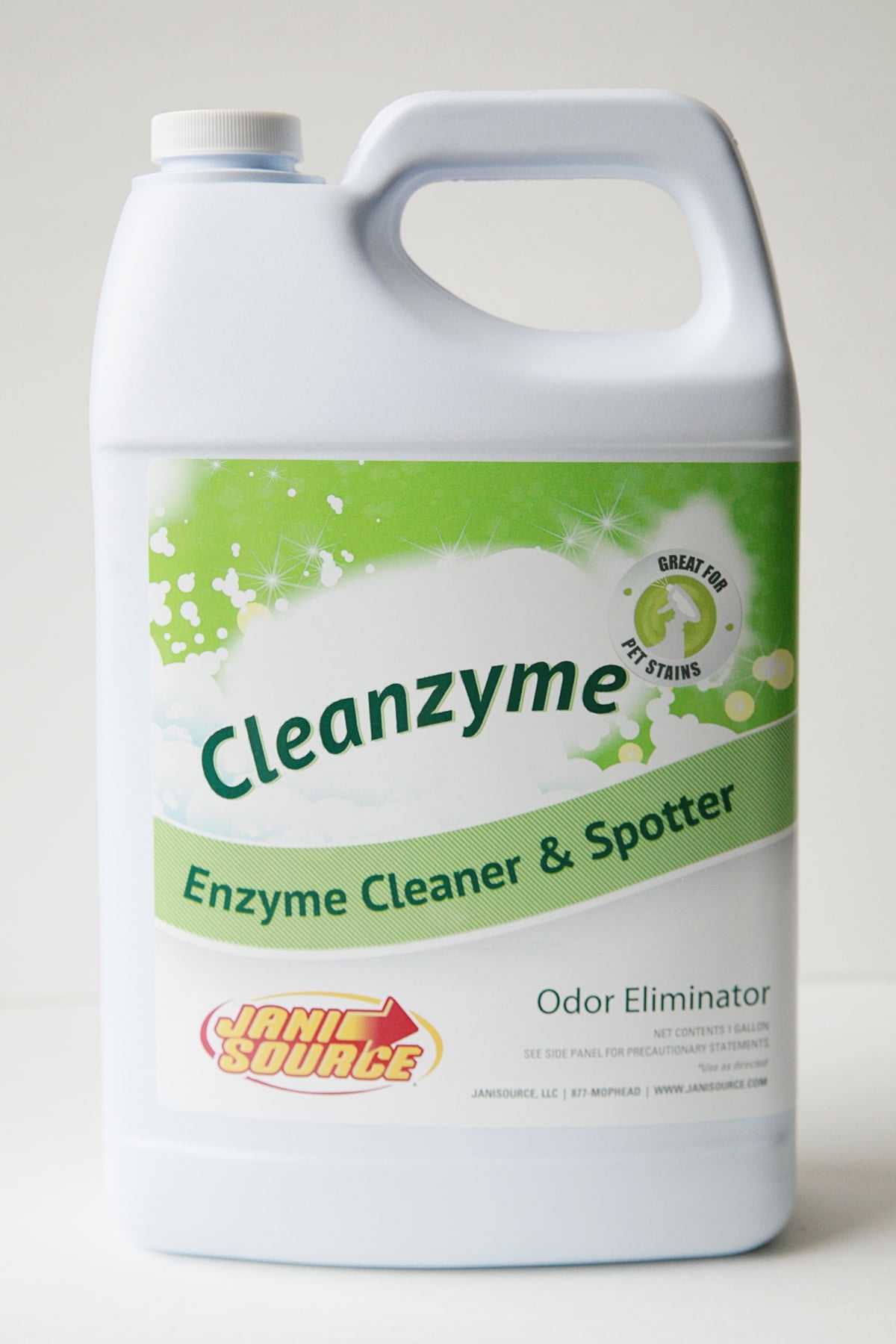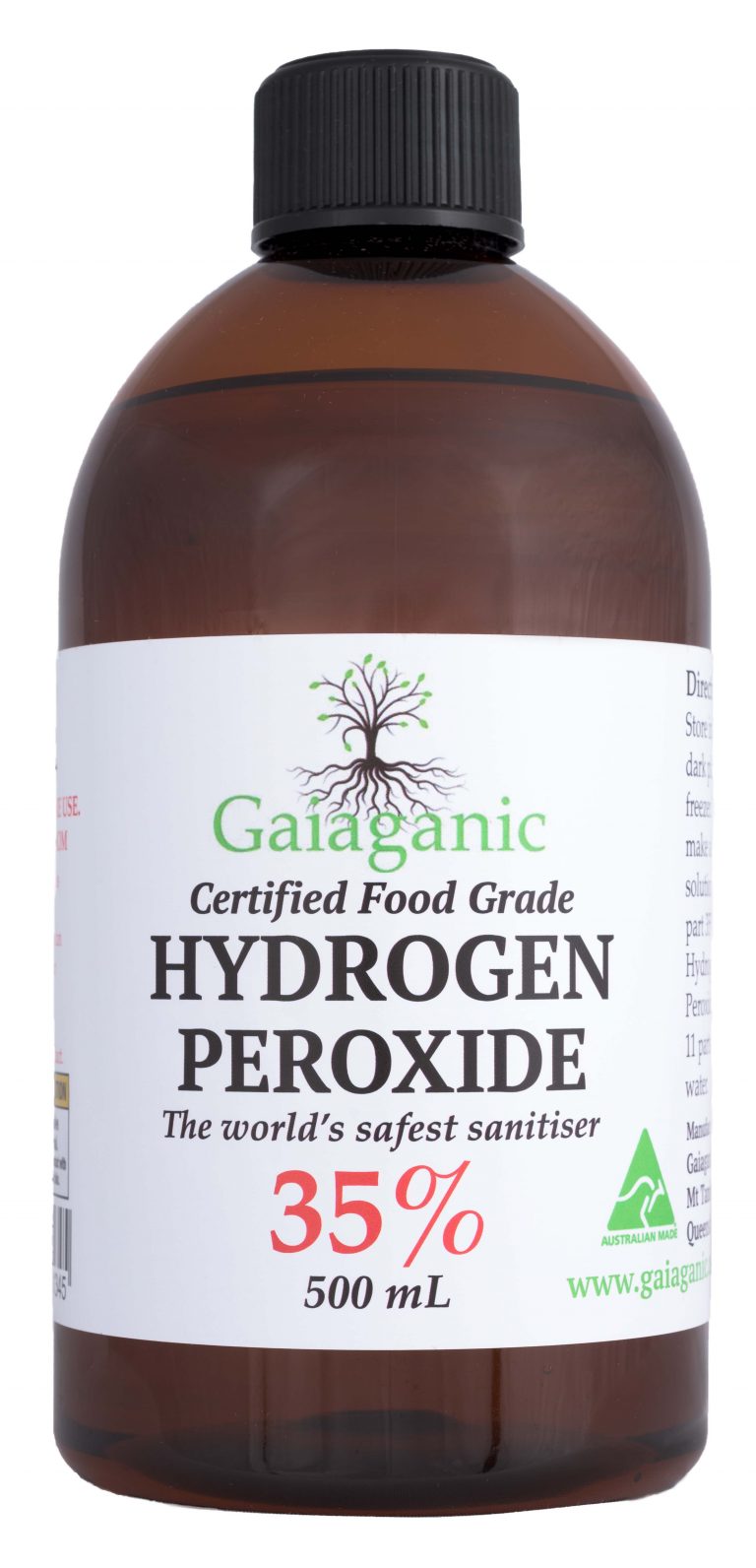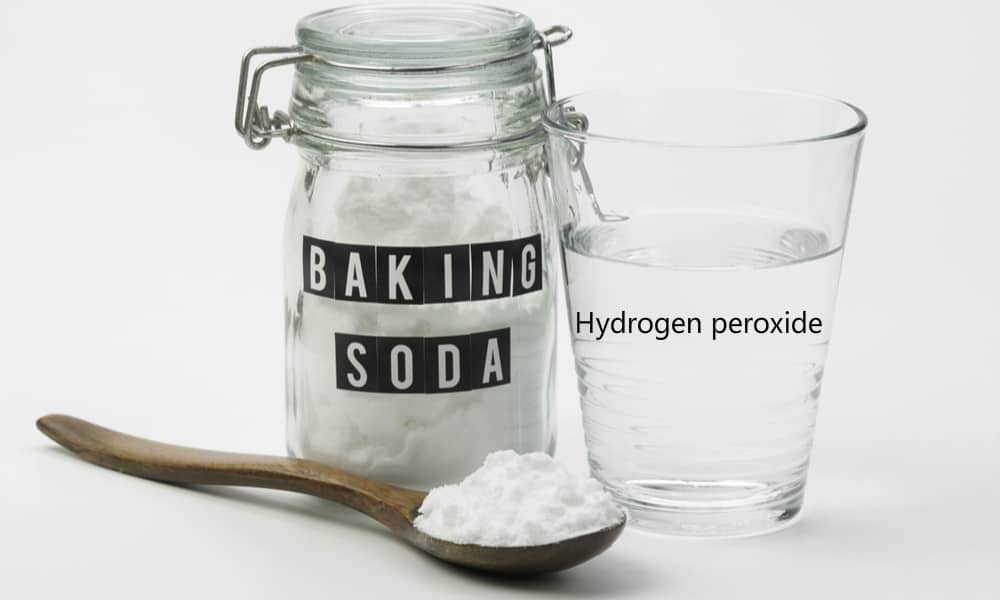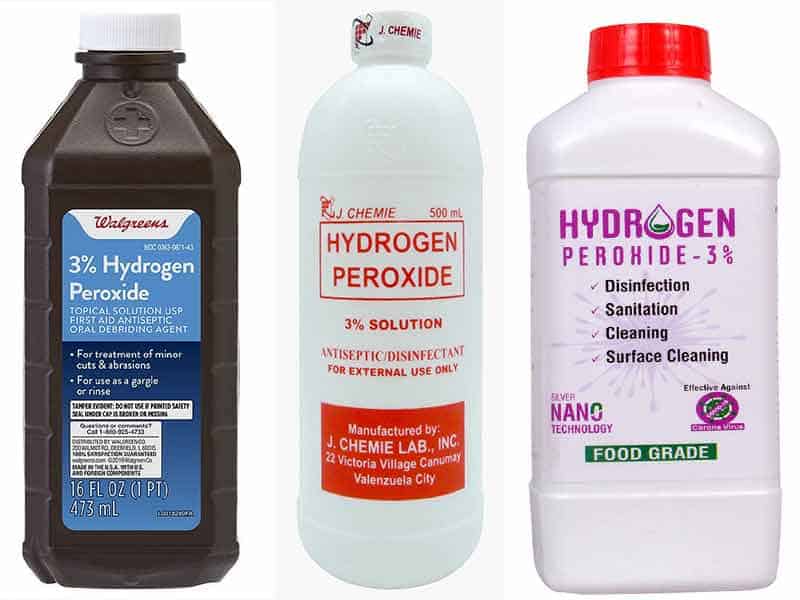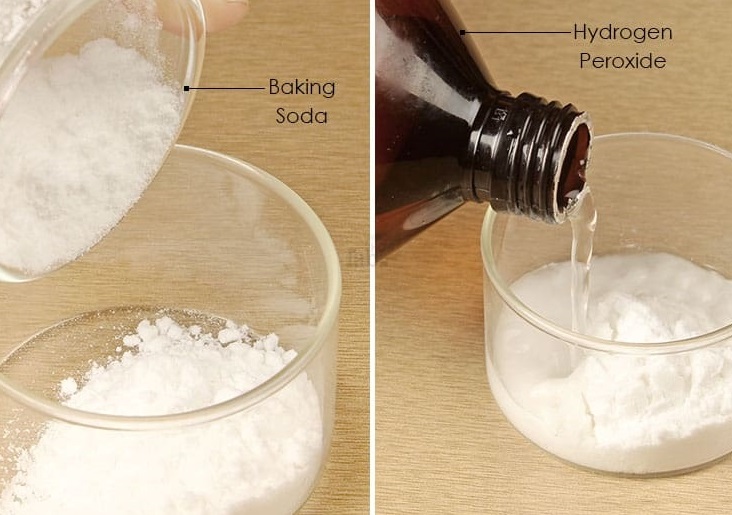One of the most popular and effective home remedies for a clogged kitchen sink is the combination of baking soda and vinegar. This natural and non-toxic solution can help break down and dissolve any buildup of grease, food, and other debris that may be causing the clog. To use this method, start by pouring a pot of boiling water down the drain to loosen any stubborn debris. Next, mix together equal parts of baking soda and vinegar and pour it down the drain. The mixture will create a foaming reaction, which helps to break down and dislodge the clog. Let it sit for 15-20 minutes before flushing the drain with hot water. Bonus tip: You can also add a few drops of essential oils, such as lemon or tea tree, to the mixture for a fresh scent and added cleaning properties.1. Baking soda and vinegar
Sometimes, the simplest solution is the most effective. If you have a minor clog, pouring a pot of boiling water down the drain may be all you need to clear it. The hot water can help break down any greasy buildup and flush it out of the pipes. Note: Be careful when using boiling water, as it can crack or damage certain types of pipes. If you have plastic pipes, use hot water instead.2. Boiling water
If you're dealing with a stubborn and smelly clog, try using a mixture of salt and hot water. The coarse texture of salt can help scrub away any buildup in the pipes, while the hot water will melt and flush it out. To use this method, mix 1/2 cup of salt with a pot of hot water and pour it down the drain. Let it sit for a few minutes before flushing with more hot water. This method is also great for preventing future clogs, as the salt can help keep the pipes clean.3. Salt and hot water
A plunger is a classic tool for unclogging drains and can be found in most households. It works by creating suction and pressure to dislodge and push the clog through the pipes. For best results, make sure you have a good seal around the drain and use a steady, repetitive motion. Tip: Cover the overflow opening in the sink with a wet cloth to create more pressure and improve the effectiveness of the plunger.4. Plunger
If your sink is clogged due to a buildup of grease or fats, dish soap can come to the rescue. The soap can break down the grease and help it slide down the pipes. Combine this with hot water for an extra boost of cleaning power. To use this method, squirt a generous amount of dish soap down the drain, followed by a pot of hot water. Let it sit for a few minutes before flushing with more hot water. You may need to repeat this process a few times for stubborn clogs.5. Dish soap and hot water
If you can't seem to unclog your kitchen sink with any of the above methods, it may be time to bring out the wire hanger. Straighten out a wire hanger and bend one end into a small hook shape. Use this to fish out any debris or hair that may be causing the clog. Tip: For a more eco-friendly option, you can also use a long, flexible brush or a plumbing snake to remove the clog.6. Wire hanger
If you have a wet/dry vacuum, you can use it to suck out the clog from your kitchen sink. Make sure to switch the vacuum to the wet setting and cover the vent to prevent any debris from escaping. Place the hose over the drain and turn on the vacuum to create suction and remove the clog. Note: This method is best for larger clogs and may not be effective for small debris or hair.7. Wet/dry vacuum
Caustic soda, also known as sodium hydroxide, is a strong chemical that can dissolve tough clogs in your kitchen sink. It works by creating a chemical reaction that generates heat and breaks down any organic matter in its path. To use this method, mix 3 cups of caustic soda with 3/4 gallon of cold water in a bucket. Use a wooden spoon to stir the mixture and pour it down the drain. Let it sit for 20-30 minutes before flushing with hot water. Make sure to wear gloves and protective eyewear when handling caustic soda.8. Caustic soda
If you prefer to use a more natural and gentle approach, an enzyme-based cleaner may be the right choice for you. These cleaners use enzymes and bacteria to break down and digest organic matter, making them a safe and effective option for clearing clogs. To use this method, follow the instructions on the cleaner and let it sit for the recommended amount of time before flushing with hot water.9. Enzyme-based cleaner
Another powerful combination for unclogging a kitchen sink is hydrogen peroxide and baking soda. Hydrogen peroxide is a natural bleaching agent and can help break down organic matter, while baking soda can act as a gentle abrasive to scrub away buildup. To use this method, start by pouring a pot of boiling water down the drain. Next, mix 1 cup of hydrogen peroxide with 1/4 cup of baking soda and pour it down the drain. Let it sit for 30 minutes before flushing with hot water. This method can also help eliminate any unpleasant odors coming from your sink. In conclusion, a clogged kitchen sink can be a frustrating and inconvenient problem to deal with. However, with these top 10 best home remedies, you can effectively and naturally unclog your sink without having to resort to harsh chemicals or calling a plumber. Remember to regularly maintain your sink to prevent future clogs and keep your kitchen running smoothly.10. Hydrogen peroxide and baking soda
The Best Home Remedy for Clogged Kitchen Sink: A Natural and Effective Solution

What Causes a Clogged Kitchen Sink?
 A clogged kitchen sink is a common household problem that can be caused by a variety of factors. The most common cause is food particles and grease buildup in the pipes. Over time, these substances can accumulate and block the flow of water, resulting in a clogged sink. Other causes may include foreign objects, such as utensils or hair, getting stuck in the pipes. No matter the cause, a clogged kitchen sink can be a major inconvenience and disrupt your daily routine.
A clogged kitchen sink is a common household problem that can be caused by a variety of factors. The most common cause is food particles and grease buildup in the pipes. Over time, these substances can accumulate and block the flow of water, resulting in a clogged sink. Other causes may include foreign objects, such as utensils or hair, getting stuck in the pipes. No matter the cause, a clogged kitchen sink can be a major inconvenience and disrupt your daily routine.
The Dangers of Using Chemical Drain Cleaners
 When faced with a clogged kitchen sink, many people turn to chemical drain cleaners as a quick and easy solution. However, these cleaners can do more harm than good. Not only do they contain harsh chemicals that can be harmful to your health and the environment, but they also have the potential to damage your pipes. The strong chemicals can eat away at the pipes, causing them to weaken and potentially burst. This can lead to costly repairs and even more inconvenience.
When faced with a clogged kitchen sink, many people turn to chemical drain cleaners as a quick and easy solution. However, these cleaners can do more harm than good. Not only do they contain harsh chemicals that can be harmful to your health and the environment, but they also have the potential to damage your pipes. The strong chemicals can eat away at the pipes, causing them to weaken and potentially burst. This can lead to costly repairs and even more inconvenience.
The Natural Solution: Baking Soda and Vinegar
 Instead of relying on harsh chemicals, a natural and effective solution for a clogged kitchen sink is a combination of
baking soda and vinegar
. These common household items can work wonders in unclogging your sink without causing any harm to your pipes or the environment.
Baking soda
acts as a natural abrasive, while
vinegar
is a powerful cleaning agent. When combined, they create a chemical reaction that can break down and dissolve the buildup in your pipes.
Instead of relying on harsh chemicals, a natural and effective solution for a clogged kitchen sink is a combination of
baking soda and vinegar
. These common household items can work wonders in unclogging your sink without causing any harm to your pipes or the environment.
Baking soda
acts as a natural abrasive, while
vinegar
is a powerful cleaning agent. When combined, they create a chemical reaction that can break down and dissolve the buildup in your pipes.
How to Use Baking Soda and Vinegar to Unclog a Kitchen Sink
 To use this natural remedy, follow these simple steps:
1.
Remove any standing water
from the sink using a cup or bowl.
2.
Pour 1/2 cup of baking soda
down the drain.
3.
Pour 1/2 cup of vinegar
down the drain.
4.
Cover the drain
with a cloth or stopper to prevent the mixture from bubbling out.
5.
Let the mixture sit
for 15 minutes.
6.
Remove the cover
and pour
boiling water
down the drain to flush out the loosened buildup.
7.
Run hot water
down the drain for a few minutes to ensure it is completely unclogged.
To use this natural remedy, follow these simple steps:
1.
Remove any standing water
from the sink using a cup or bowl.
2.
Pour 1/2 cup of baking soda
down the drain.
3.
Pour 1/2 cup of vinegar
down the drain.
4.
Cover the drain
with a cloth or stopper to prevent the mixture from bubbling out.
5.
Let the mixture sit
for 15 minutes.
6.
Remove the cover
and pour
boiling water
down the drain to flush out the loosened buildup.
7.
Run hot water
down the drain for a few minutes to ensure it is completely unclogged.
Prevent Future Clogs
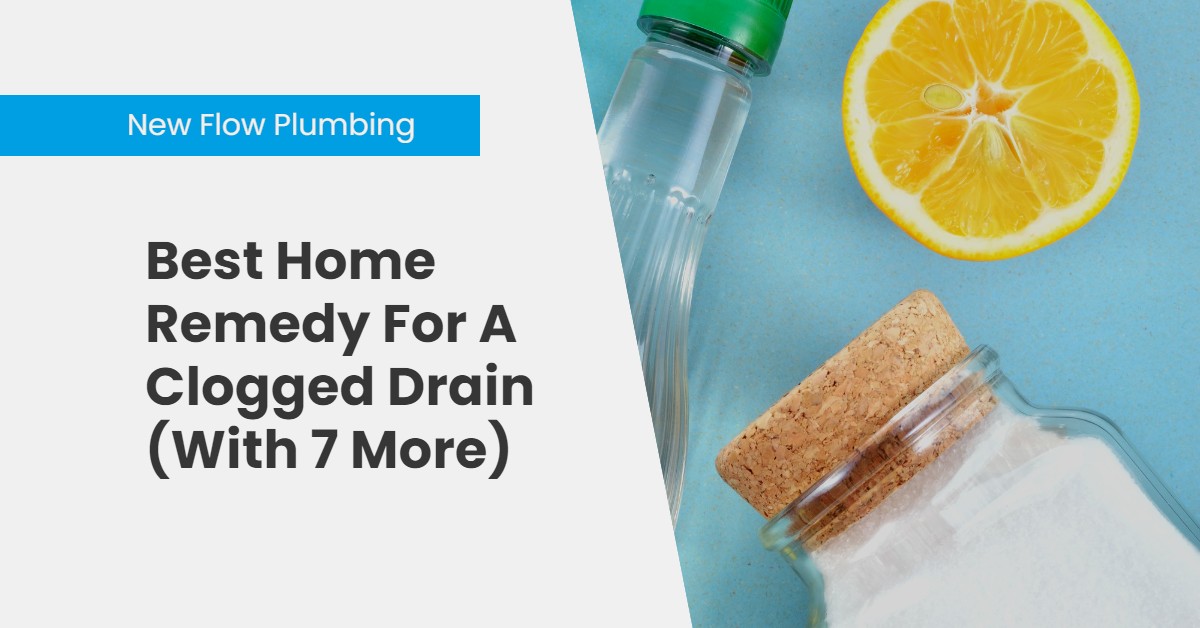 To avoid future clogs in your kitchen sink, there are a few things you can do.
Regularly pouring boiling water down the drain
can help prevent buildup from occurring. You can also
use a mesh drain cover
to catch any food particles and prevent them from going down the drain. Additionally,
avoid pouring grease and oils
down the drain, as they can solidify and cause clogs.
In conclusion, when faced with a clogged kitchen sink, the best home remedy is a natural and effective solution using baking soda and vinegar. Not only is it safe for your pipes and the environment, but it is also a quick and easy solution that can save you from the dangers and expenses of using chemical drain cleaners. Remember to regularly maintain your sink to prevent future clogs and enjoy a smoothly running kitchen sink.
To avoid future clogs in your kitchen sink, there are a few things you can do.
Regularly pouring boiling water down the drain
can help prevent buildup from occurring. You can also
use a mesh drain cover
to catch any food particles and prevent them from going down the drain. Additionally,
avoid pouring grease and oils
down the drain, as they can solidify and cause clogs.
In conclusion, when faced with a clogged kitchen sink, the best home remedy is a natural and effective solution using baking soda and vinegar. Not only is it safe for your pipes and the environment, but it is also a quick and easy solution that can save you from the dangers and expenses of using chemical drain cleaners. Remember to regularly maintain your sink to prevent future clogs and enjoy a smoothly running kitchen sink.

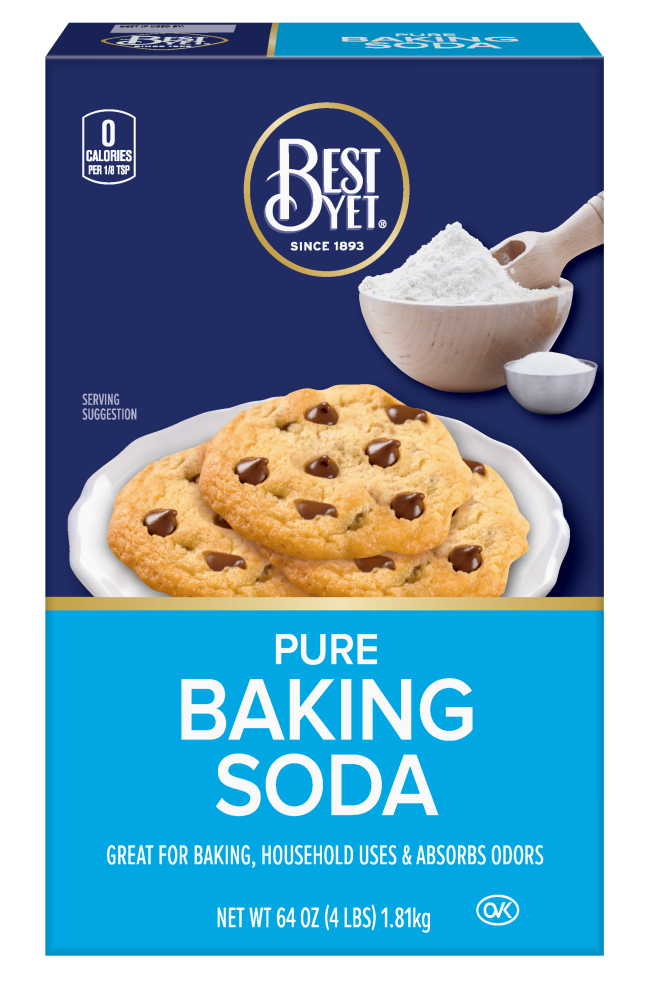

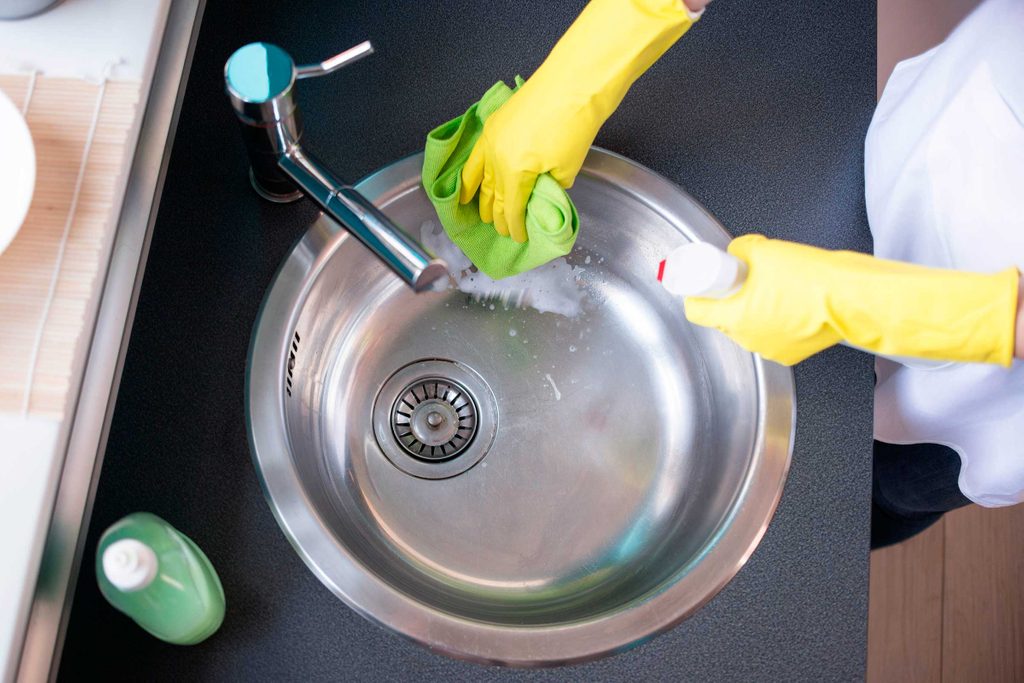
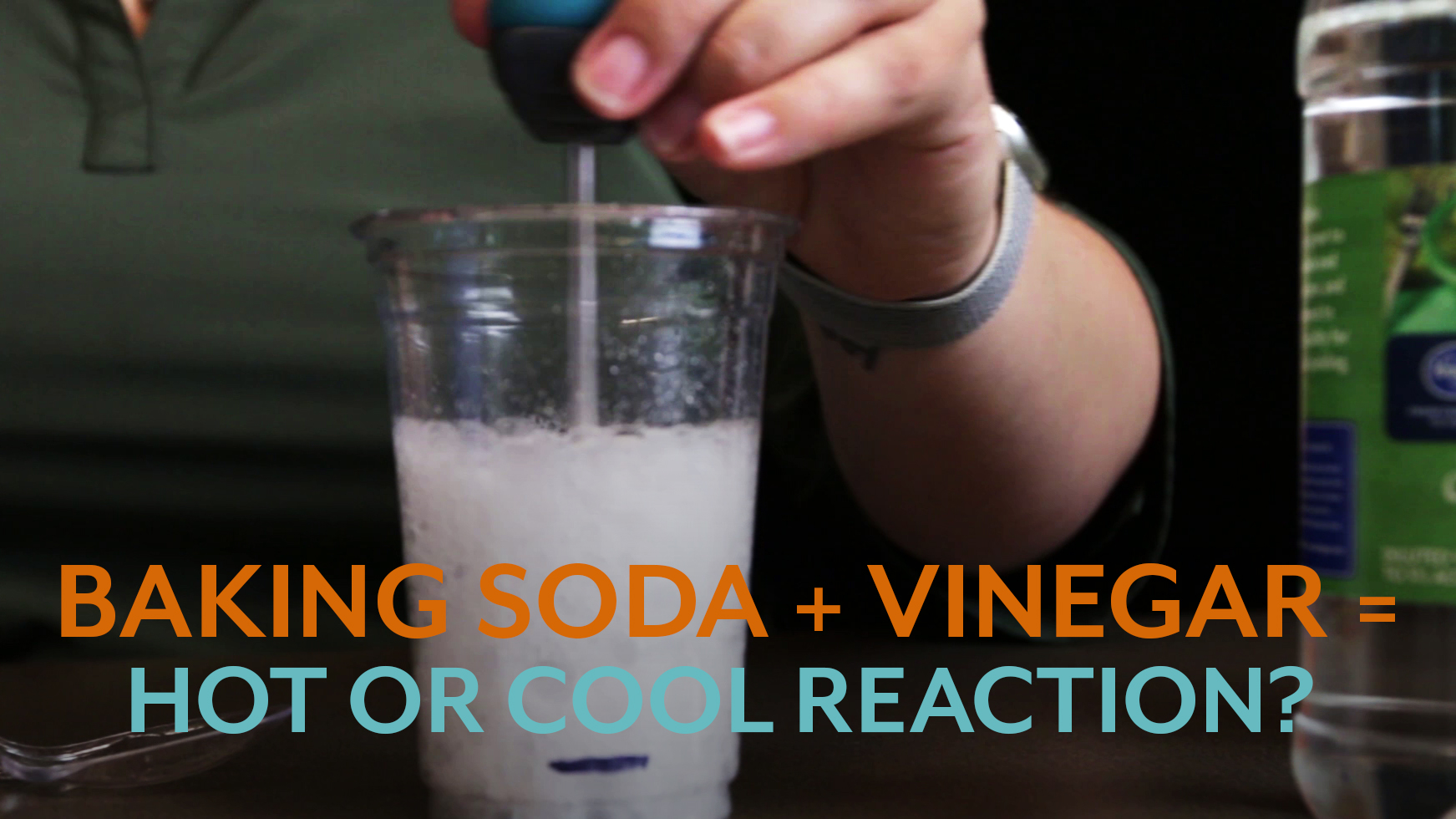






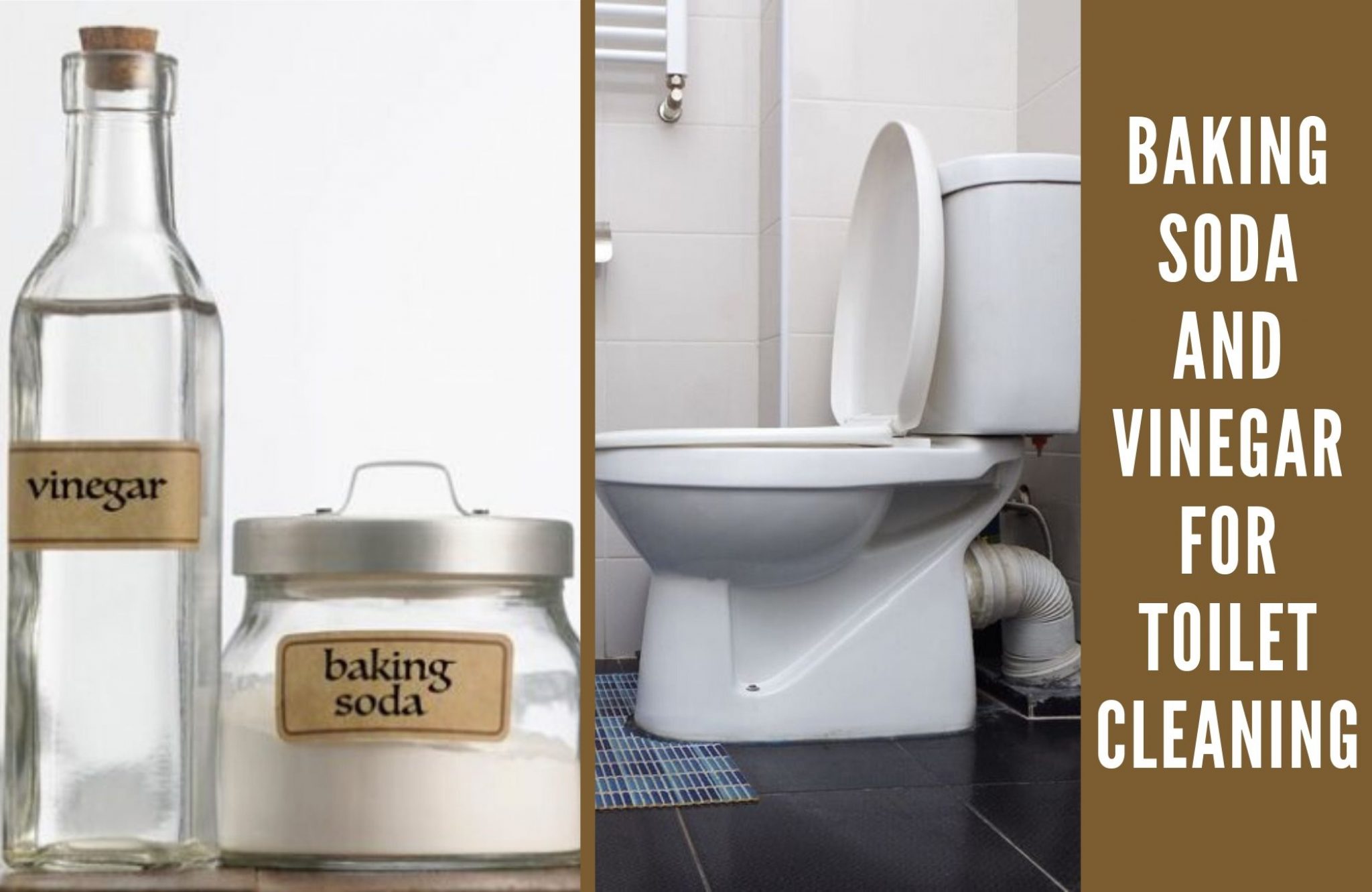



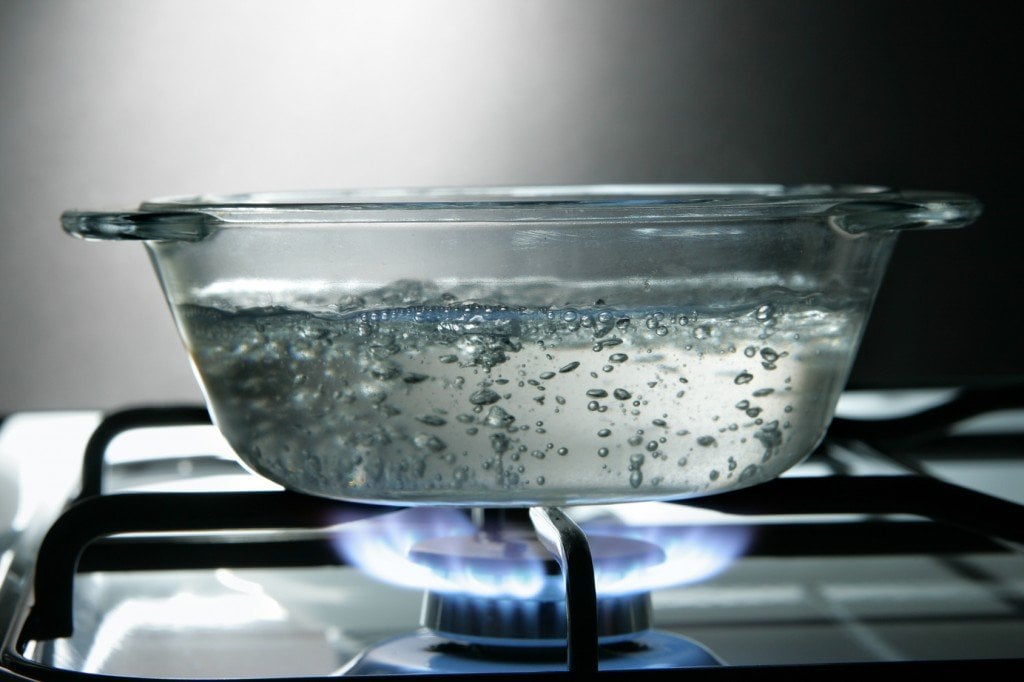
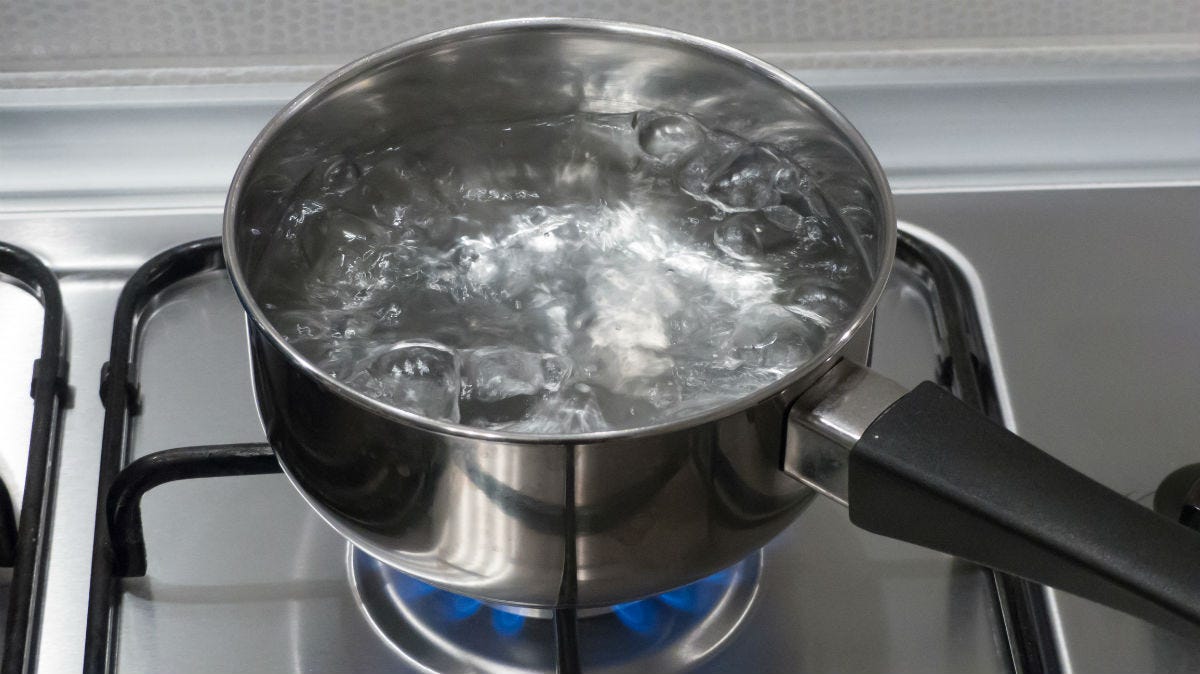


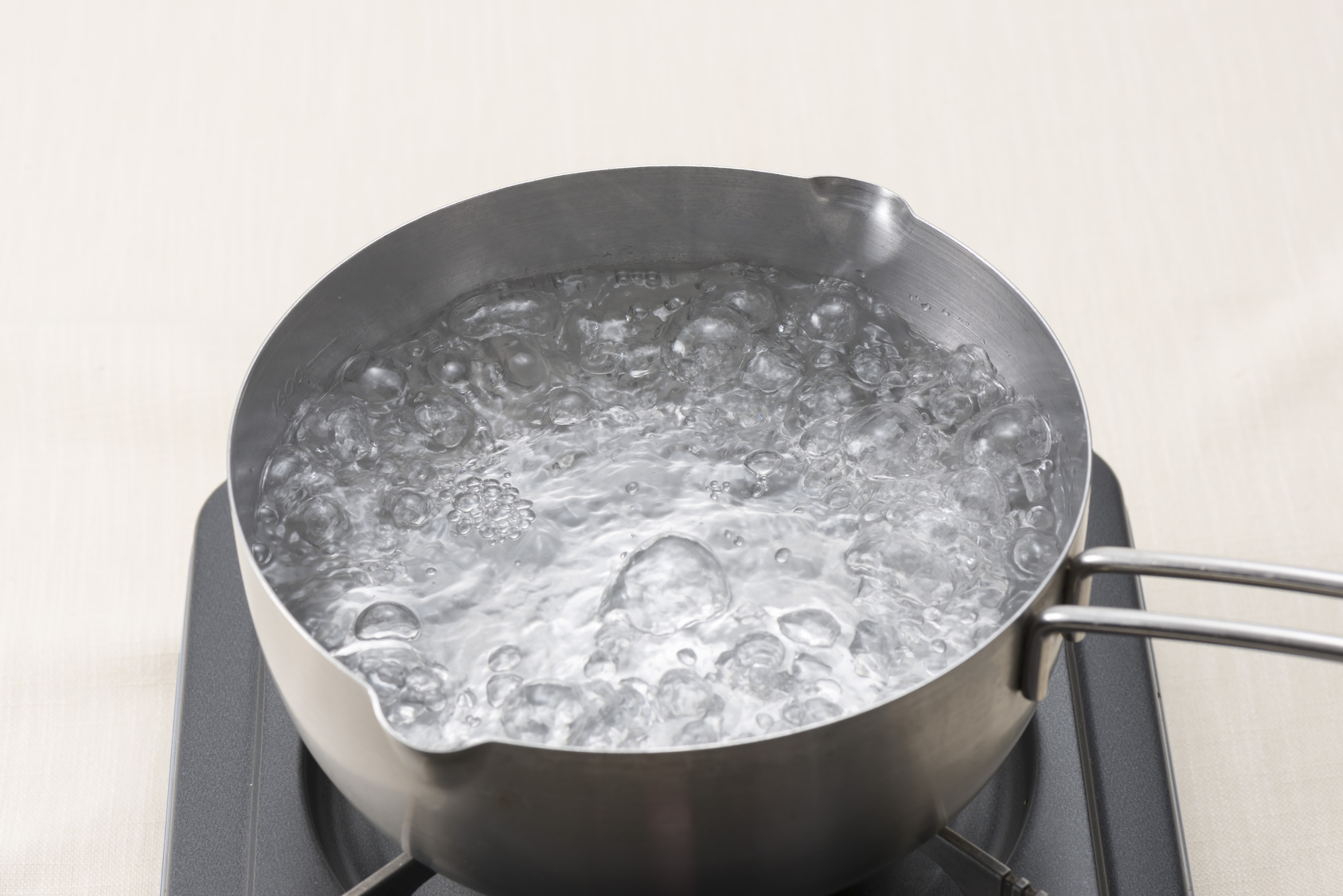
/boiling-water-on-gas-stove-143735234-5790aeb35f9b584d2005e949.jpg)
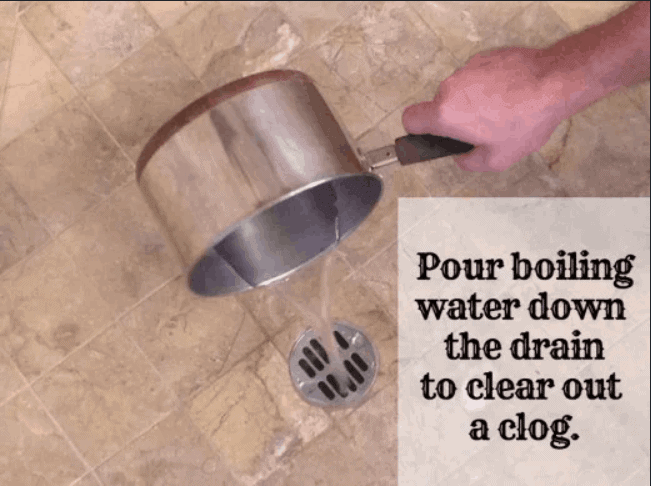
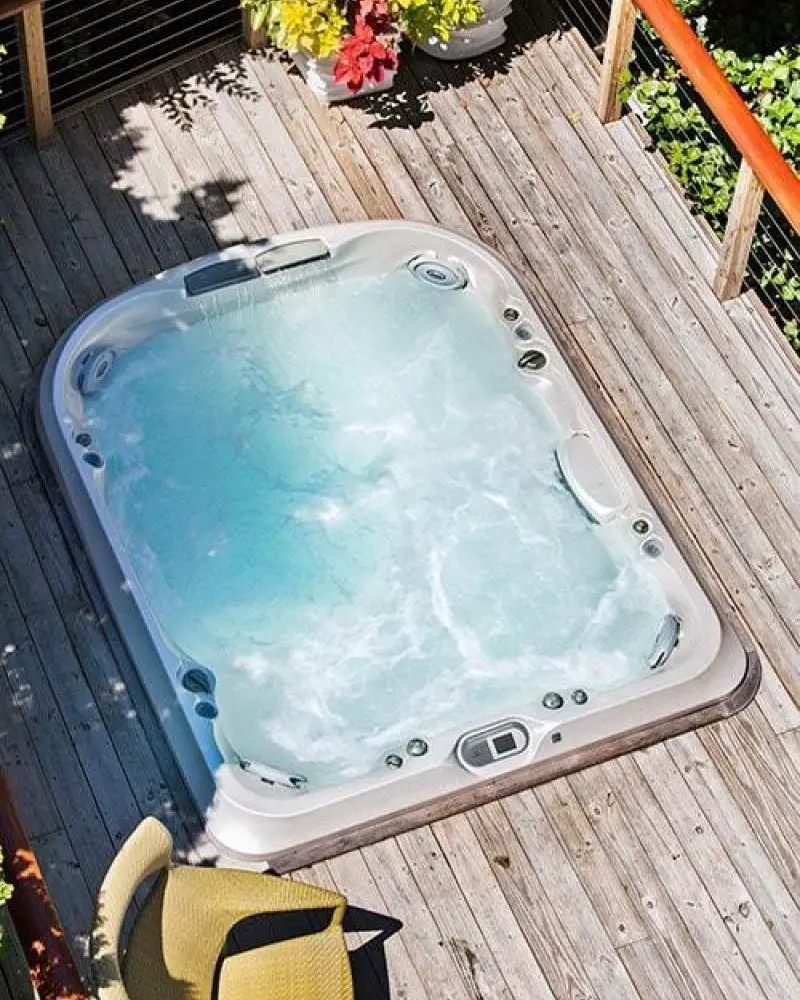


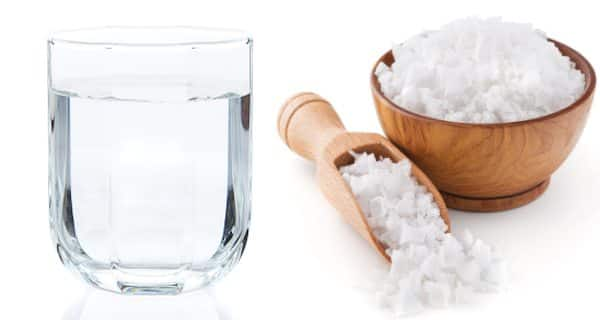
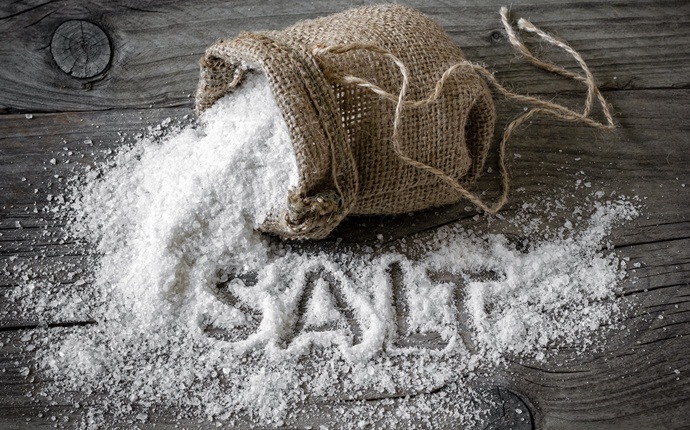



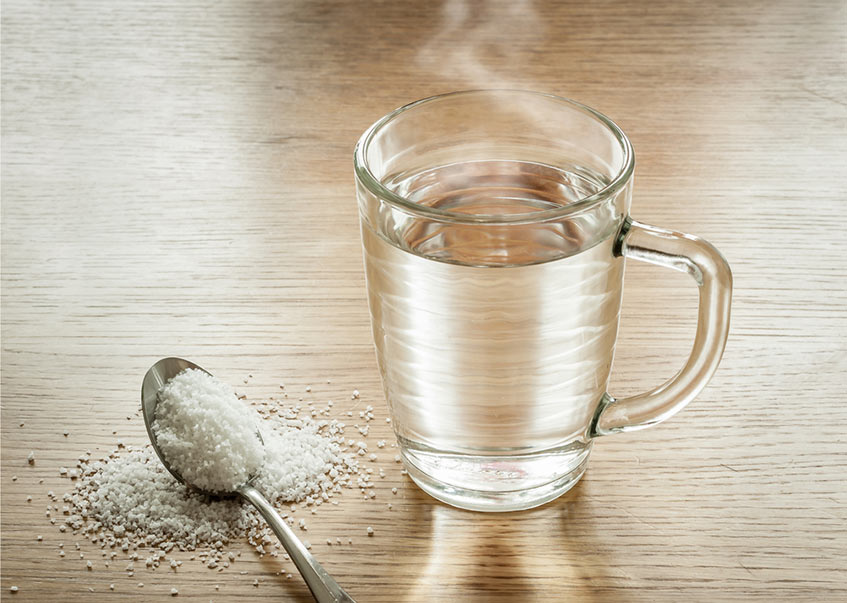




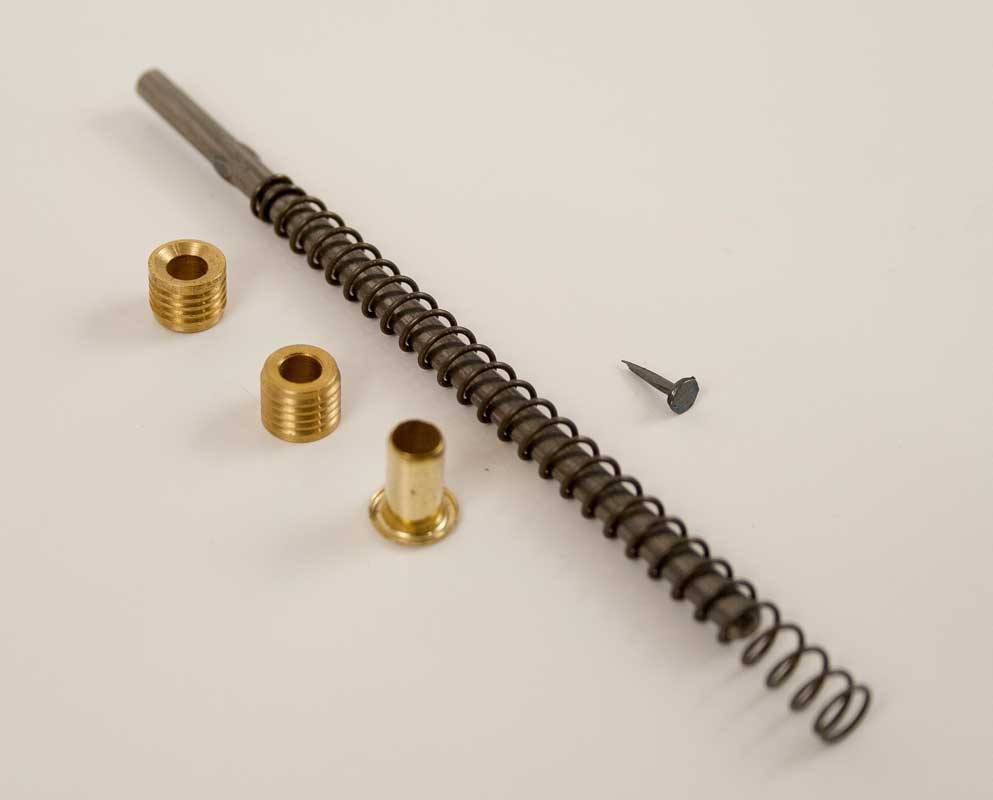


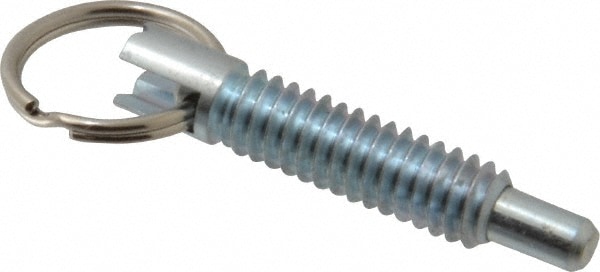


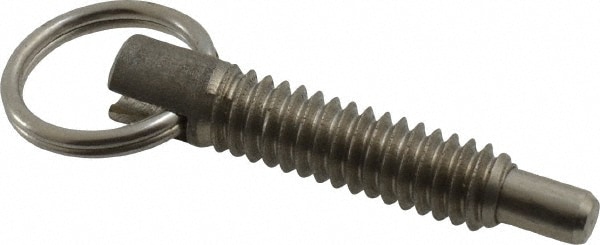
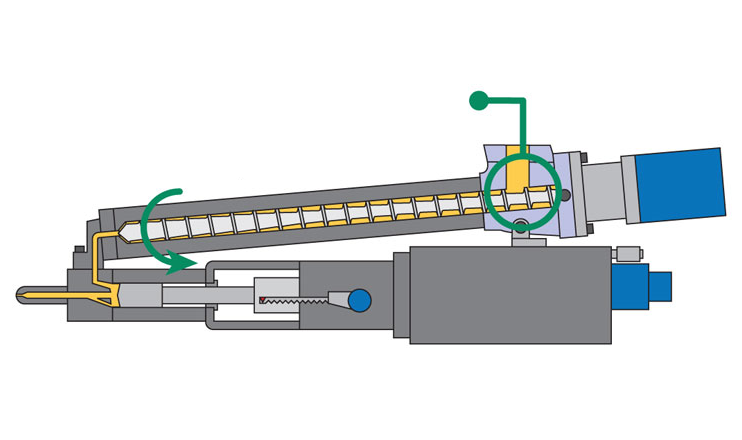
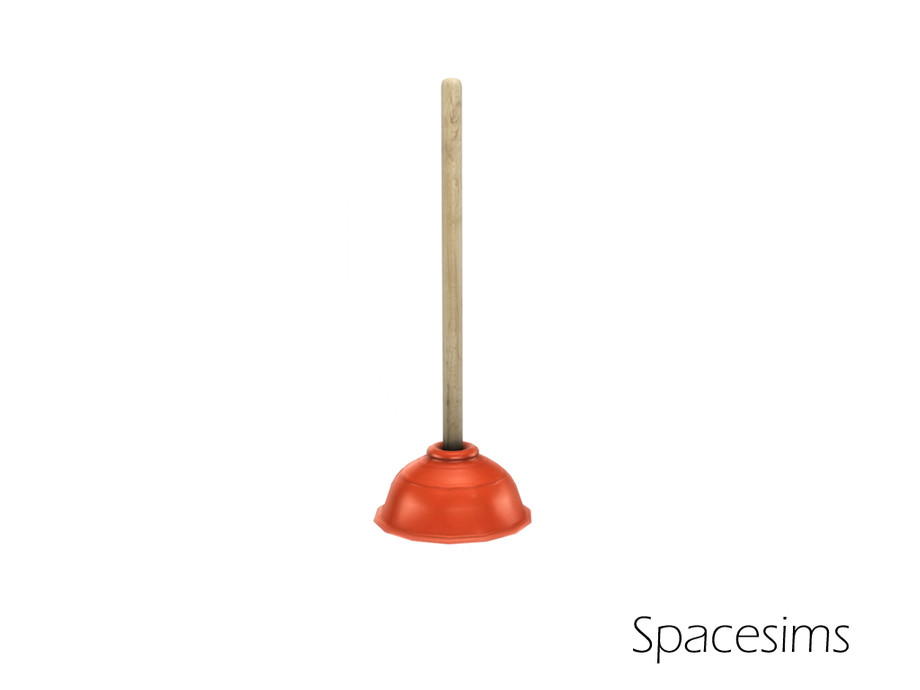
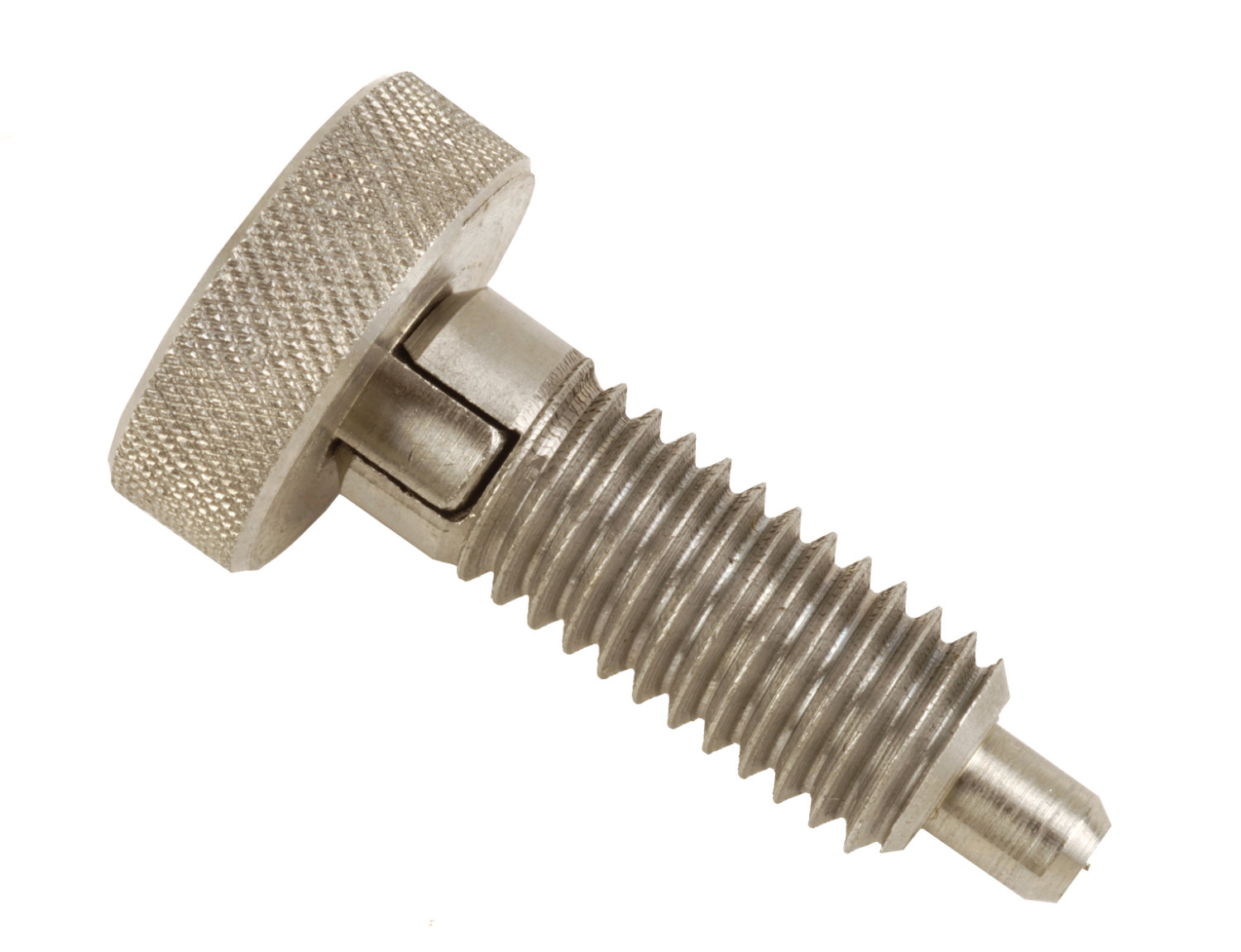



/GettyImages-80566571-5a1ca234aad52b00373338ff.jpg)
